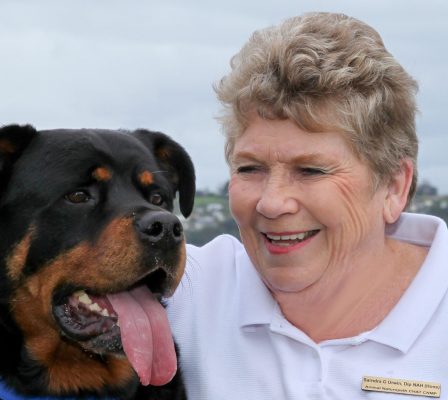Call us 027 448 3322
Treatment Choices for the Chronic Condition
Whatever the problem, unless the condition is one that demands euthanasia because of the suffering of the animal, there is
ALWAYS a CHOICE of TREATMENT
After trying antibiotics and the occasional prednisone, an acquaintance of mine was referred to a skin specialist to sort out her 11-year old dog’s eczema. The specialist said her dog’s condition was a result of her age and a compromised immune system. It was no surprise that the prescription was three months of antibiotics, prednisone and a special old-dog dried biscuit formula.
The owner was very uncomfortable with this from her own experience with the same drugs and came to see me. If there is a way of speeding up the process of ageing, antibiotics and steroids will sure help! We changed her diet to real food, chose some immune-supportive Ayurvedic herbs, stopped the chemical flea control and vaccinations, and now we have a lively good-natured little Westie who no longer bites, scratches, licks and snaps.
Let us consider a few chronic conditions where long-term drug use or surgery is considered ‘the norm’.
ARTHRITIS – An alarming number of dogs have been diagnosed as ‘arthritic’ only for our chiropractor to find it is essentially a spinal problem, and the arthritic ‘changes’ are as a direct result; chiropractic can provide positive gains in the treatment of degenerative spinal disease. Always look at body alignment if your animal has problems with luxating patellas and cruciates. Breeders of dogs with these problems should consider looking at the whole dog’s structure, not just focusing on the apparent problem. A four-year old Golden Retriever was brought in with lameness and non-weight-bearing in the left fore limb. The onset was sudden nearly two years ago, and since then the limb had been examined and X-rayed many times, to no avail. Our chiropractor found a pinched nerve proved to be the problem and, with some support medication from our dispensary, the dog was weight-bearing by the time she left the Centre an hour and half later!
GROWTHS, BUMPS & LUMPS – A large elderly dog was treated recently for lipomas(fatty non-malignant growths). He was unusually agile for his age, but when he was a puppy he had been run over by a truck twice with no apparent injuries! Touching the dog was like handling a rock – he was that firm. I considered he had spent all of these years ‘holding in’ his old injuries, and now the memory of them was just bursting out in the form of the huge growths along his sides. I gave him a combination of homeopathics for the memories in his tissues, muscles, joints, ligaments and Calc carb with some tissue salts for his nutritional requirements that had been impaired as a youngster due to his untreated injuries. Hardly an orthodox medical rationale, but that dog’s lipomas are fast disappearing!
I have included the flower essences in many cases of lipomas where I suspect a strong emotional element is involved.
Always have growths and changes in patterns of growths checked by your vet.
I have reservations about biopsies and needle aspirates, as this intrusion may not be welcomed by the body; however, there are times when they are invaluable. A sad case of a German Shepherd bitch who had a large tumour removed from her neck four months ago and it was not sent for analysis. When more appeared on her neck, the owner was told they were infected hair follicles. Unfortunately when she came into the Centre for treatment, I was alarmed at the rapidity of growths and referred on for a second veterinary opinion. The dog had to be put to asleep because of the aggressive nature and pain of the mast-cell tumours.
Growths are signals that the body is not in harmony, so forget the old adage ‘when in doubt, cut it out’. Stop and look at the whole picture. If you notice a change in personality, habits, appetite, thirst, bowel or coat, take note and observe more closely. Unfortunately many dogs have already had operations to remove growths, thus adding to the overall unwellness of the dog through repeated anaesthetics.
EPILEPSY – is distressing for both owner and animal. An owner of a little old poodle was reluctant to have her dog vaccinated now she was 13 years, but was persuaded to go ahead. The dog started having cluster fits (one after another) a few hours following vaccination. She was given phenobarb and the fits stopped. A year later the owner was again persuaded to vaccinate – this time very reluctantly. Again the poodle had cluster fits, but this time they didn’t stop. The dog came to see us on a high dose of both phenobarb and potassium bromide. The dog slept all of the time except for a few minutes eating and toileting. She was given a homeopathic remedy and herb support, and is now nearly drug-free and enjoying a few early evening walks. Note: It is not uncommon for epilepsy to follow both vaccinations and chemical flea control.

